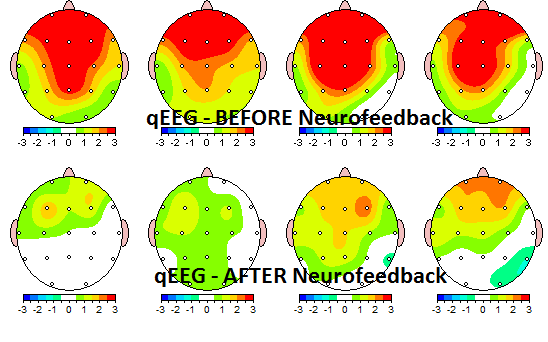Chronic discomfort is a syndrome that affects countless of people across the world. It can be triggered by various factors, including traumas, diseases, or even stress. For many patients, managing chronic pain can be a daily challenge that impacts their standard of life. Conventional treatments often consist of drugs, physical therapy, and occasionally surgery. However, these methods do not always offer the relief that patients desire. Recently, biofeedback has surfaced as a promising option for managing chronic pain and enhancing overall well-being.
Biofeedback is a technique that educates individuals how to manage certain bodily functions by using indicators from their own physiology. This approach includes employing sensors that monitor physiological responses such as heart rate, muscle tension, and skin temperature. By offering immediate feedback, individuals can discover to recognize their body's reactions to pain and stress. This consciousness allows them to develop strategies to handle their pain more effectively. For instance, if a patient observes that their muscle tension rises when they are in pain, they can utilize relaxation strategies to help reduce that tension.

One of the key benefits of biofeedback is that it empowers patients to take an active role in their pain management. Instead of relying solely on medications or treatments from medical providers, individuals can gain to comprehend and regulate their own physiology. This sense of control can lead to increased confidence and a more positive outlook on life. Many patients indicate feeling more in control of their pain and less like victims of their syndrome. This shift in mindset can substantially improve their quality of life.
Studies has demonstrated that biofeedback can be beneficial in reducing chronic pain indicators. Studies suggest that individuals who employ biofeedback methods often undergo less pain and better physical function. Additionally, biofeedback can help reduce anxiety and stress, which are common issues for those dealing with chronic pain. By tackling both the physical and emotional aspects of pain, biofeedback provides a comprehensive approach to pain control. This integrated method can lead to superior outcomes for individuals, allowing them to participate more completely in their daily activities.
In conclusion, biofeedback is a valuable tool for revolutionizing chronic pain management. By educating individuals to understand and control their physiological responses, biofeedback empowers patients to take control of their pain. This method not only helps alleviate pain but also improves overall quality of life. As more people seek options to conventional pain management methods, biofeedback stands out as a potential solution. With ongoing brain mapping for cognitive assessment investigation and recognition, biofeedback could become an essential part of chronic pain treatment, helping individuals lead more fulfilling, more fulfilling lives.
Comments on “Harnessing the Power of Bio-Feedback to Transform Persistent Pain Management and Improve Quality of Life”